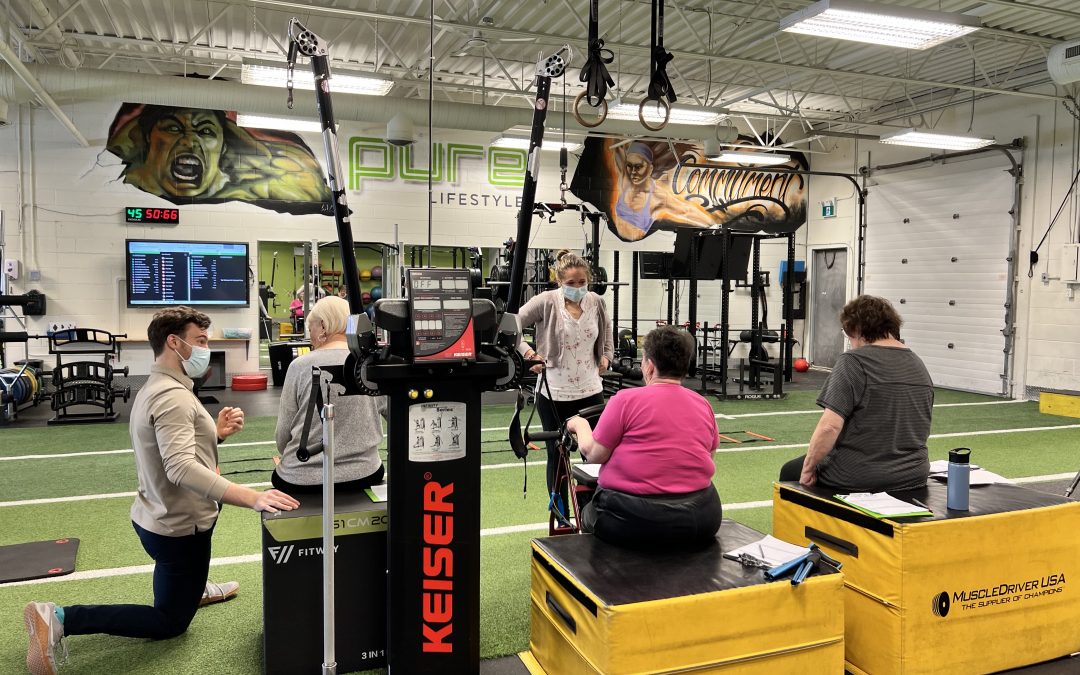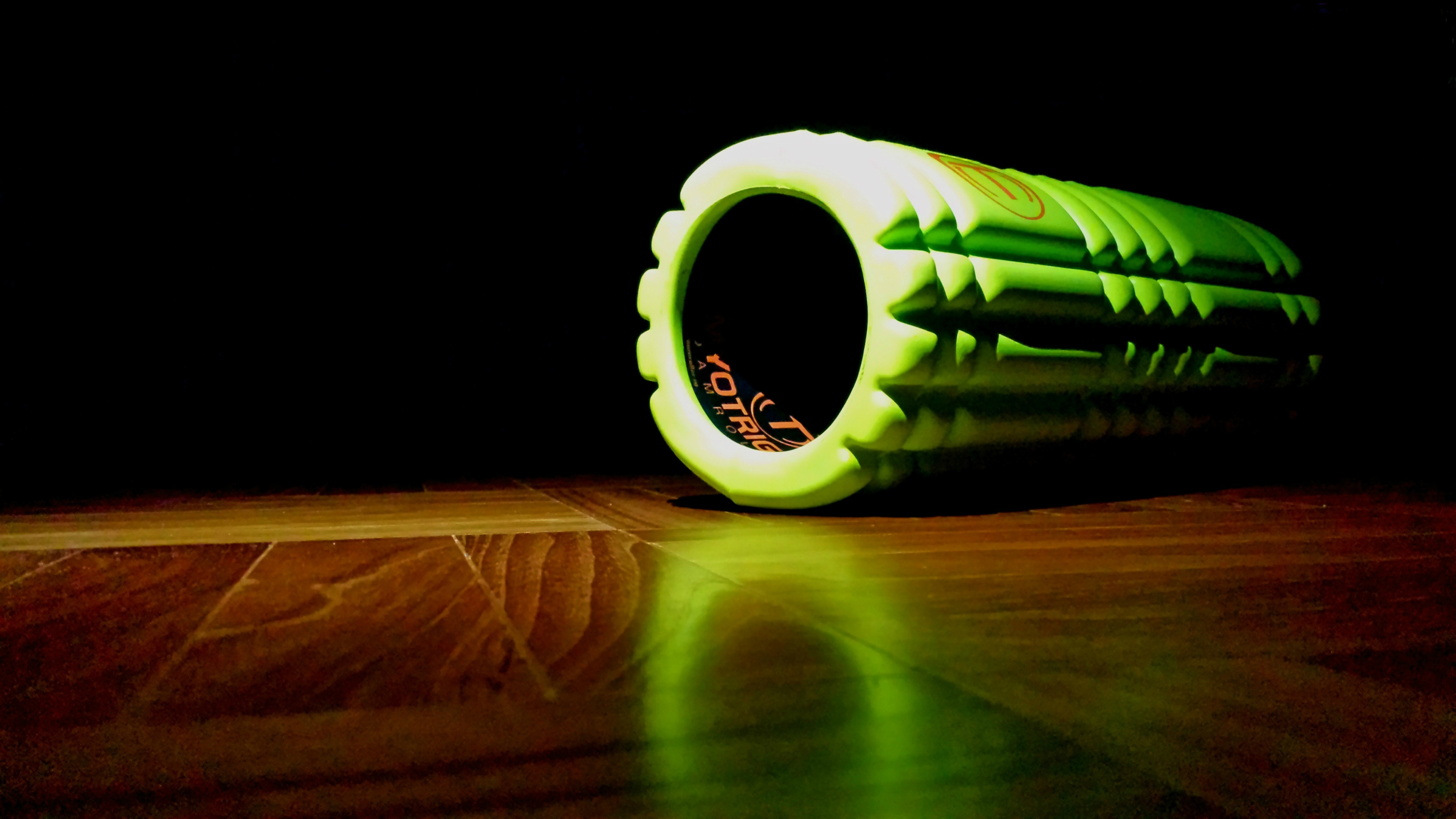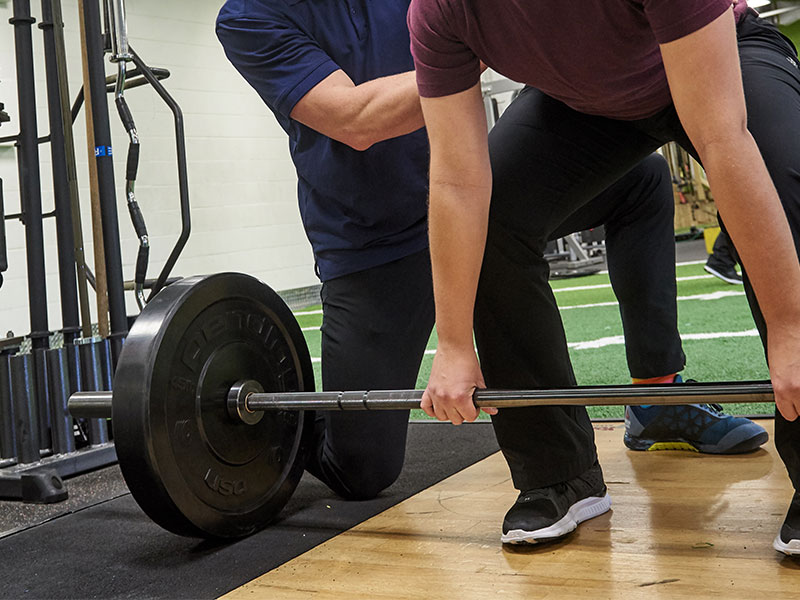Have you ever stood on one foot with your eyes closed? If so, you were likely able to sense when you were starting to lose your balance. That sense which allowed you to understand the position and motion of your body in space, is known as proprioception.
Proprioception is what allows us to remain upright when visual information is unavailable or unclear. In addition, the vestibular and somatosensory systems also contribute to the maintenance of balance and posture. The vestibular system is located within the inner ear, which identifies the position and motion of the head. The somatosensory system uses receptors throughout the body in the muscles, joints, and skin to identify different sensations including pressure, temperature, and pain.
Whether you’re walking, running, standing, or even sitting, the body is constantly making fine adjustments in order to remain upright. These adjustments are due to the integration of information from all of these systems.
Although we tend to rely more heavily on our visual system, there are times when it may fail us. Have you ever walked up a flight of stairs and expected there to be one more at the top? Or stepped onto the sidewalk, which looked absolutely normal yet was slick with black ice? In these instances your body has been wired to move in a particular way based on this visual information. However as you quickly realize that you’ve been deceived, your body must act quickly to correct itself and prevent you from falling. This is where your sense of proprioception and balance come into play.
How might you go about training these systems? Just as you would with your muscular or cardiovascular system, by challenging them! By practicing a variety of drills in a controlled environment, you’ll teach your body how to adapt and react to new and unexpected situations. The more you practice and improve these skills, the better you’ll be at applying them in your everyday life.
Here are just a few examples of drills that you can try at home or in the gym to help improve your balance:
- Single leg stance (static)
- Single leg knee/ shin/ toe touch (dynamic)
- Standing on a soft surface (1 leg or 2)
- Standing on a wobble board (1 leg or 2)
- Sitting/ kneeling on a stability ball
- Agility ladder work
Ask your trainer for more tips about how you can train your balance at the gym, at home, or even in line at the grocery store. Go ahead and challenge yourself! You’ll be glad you did the next time you see freezing rain in the forecast.
Cheers,
Amy Schappert BScHK
References
- Schmidt, R.A. & Lee, T.D. (2001) Motor Control and Learning – A Behavioral Emphasis (5th Edition). Human Kinetics
- Kandel, E.R., Schwartz, J.H., Jessell, T.M., Siegelbaum, S.A., Hudspeth, A.J., & Mack, S. (2013) Principles of Neural Science (5th Edition). McGraw-Hill Companies.







